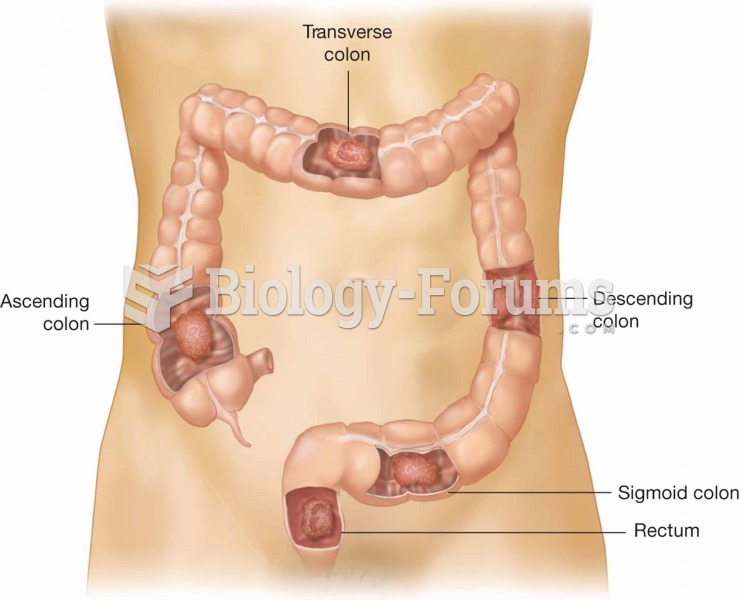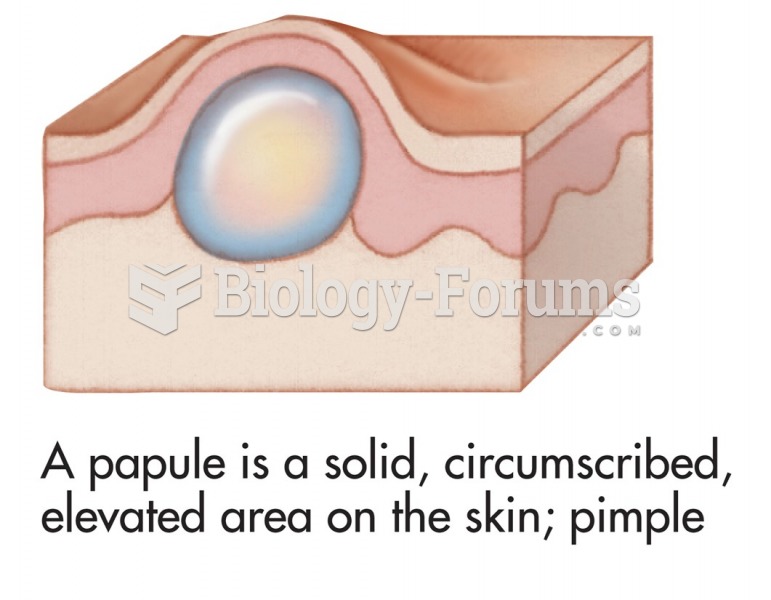Answer to Question 1
Correct Answer: 1
Rationale 1: Glaucoma, acute or chronic, is characterized by increased pressure inside the eyeball, termed intraocular pressure. The flow of aqueous humor becomes blocked, and over time, pressure around the optic nerve can build, leading to blindness. Acute glaucoma is often caused by head trauma, cataracts, tumors, or hemorrhage.
Rationale 2: Increased intracranial pressure is incorrect. Acute glaucoma is often caused by head trauma, cataracts, tumors, or hemorrhage.
Rationale 3: Increased intraocular pressure is incorrect. Acute glaucoma is often caused by head trauma, cataracts, tumors, or hemorrhage.
Rationale 4: Diabetes mellitus or renal disease is incorrect. Acute glaucoma is often caused by head trauma, cataracts, tumors, or hemorrhage.
Global Rationale: Glaucoma, acute or chronic, is characterized by increased pressure inside the eyeball, termed intraocular pressure. The flow of aqueous humor becomes blocked, and over time, pressure around the optic nerve can build, leading to blindness. Acute glaucoma is often caused by head trauma, cataracts, tumors, or hemorrhage. Increased intracranial pressure is incorrect. Acute glaucoma is often caused by head trauma, cataracts, tumors, or hemorrhage. Increased intraocular pressure is incorrect. Acute glaucoma is often caused by head trauma, cataracts, tumors, or hemorrhage. Diabetes mellitus or renal disease is incorrect. Acute glaucoma is often caused by head trauma, cataracts, tumors, or hemorrhage.
Answer to Question 2
Correct Answer: 1
Rationale 1: Isotretinoin (Accutane) interacts with carbamazepine (Tegretol), and will decrease the blood levels of the latter if the two are used together, which can lead to increased seizure activity.
Rationale 2: Will have increased risk for cardiovascular disease is incorrect because Accutane alone causes an increased risk of cardiovascular disease because of elevated triglyceride levels.
Rationale 3: Will need to monitor blood glucose levels is incorrect. Using Accutane together with hypoglycemic agents can lead to loss of glycemic control.
Rationale 4: Will have elevated triglycerides is incorrect because Accutane alone causes an increased risk of cardiovascular disease because of elevated triglyceride levels.
Global Rationale: Isotretinoin (Accutane) interacts with carbamazepine (Tegretol), and will decrease the blood levels of the latter if the two are used together, which can lead to increased seizure activity. Will have increased risk for cardiovascular disease is incorrect because Accutane alone causes an increased risk of cardiovascular disease because of elevated triglyceride levels. Will need to monitor blood glucose levels is incorrect. Using Accutane together with hypoglycemic agents can lead to loss of glycemic control. Will have elevated triglycerides is incorrect because Accutane alone causes an increased risk of cardiovascular disease because of elevated triglyceride levels.








